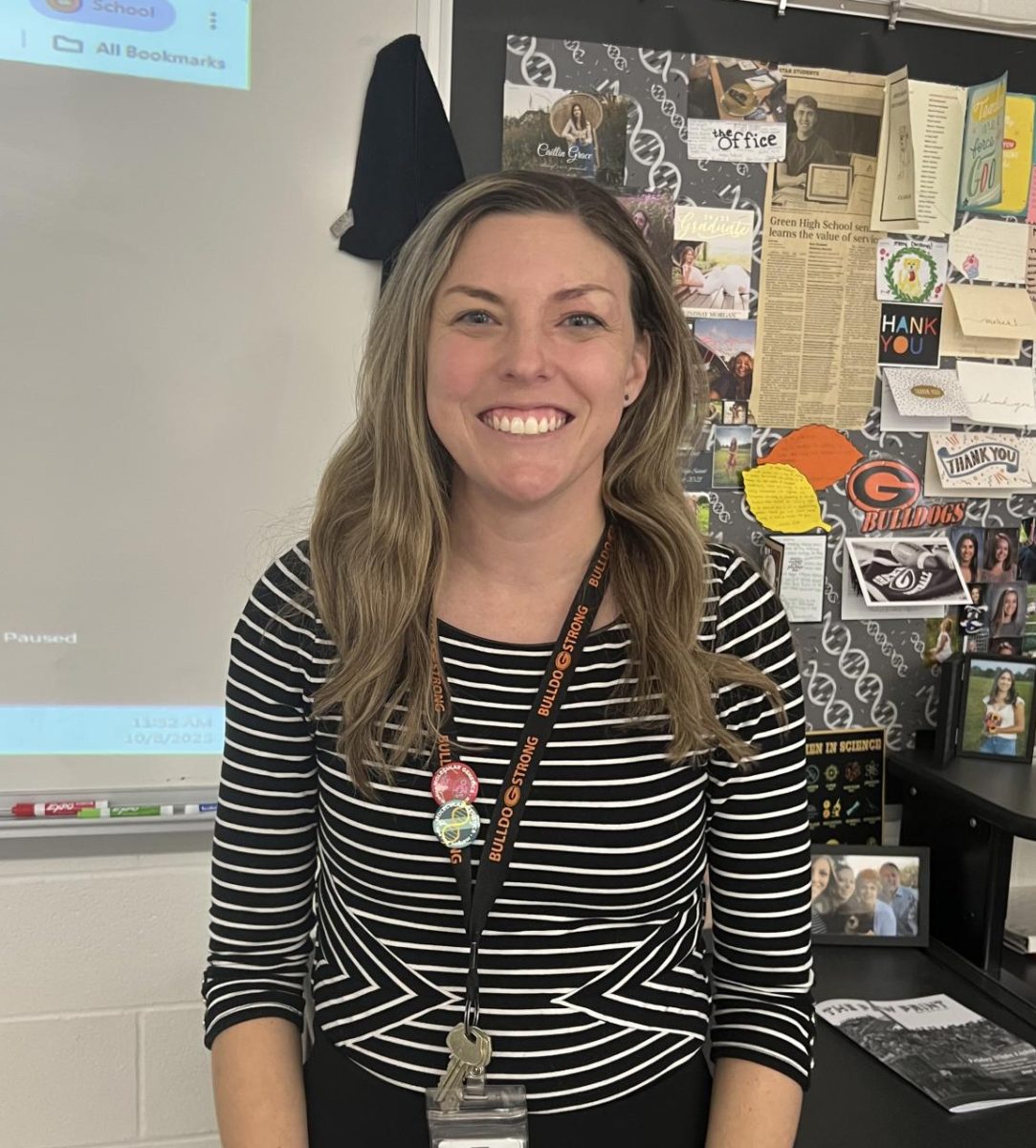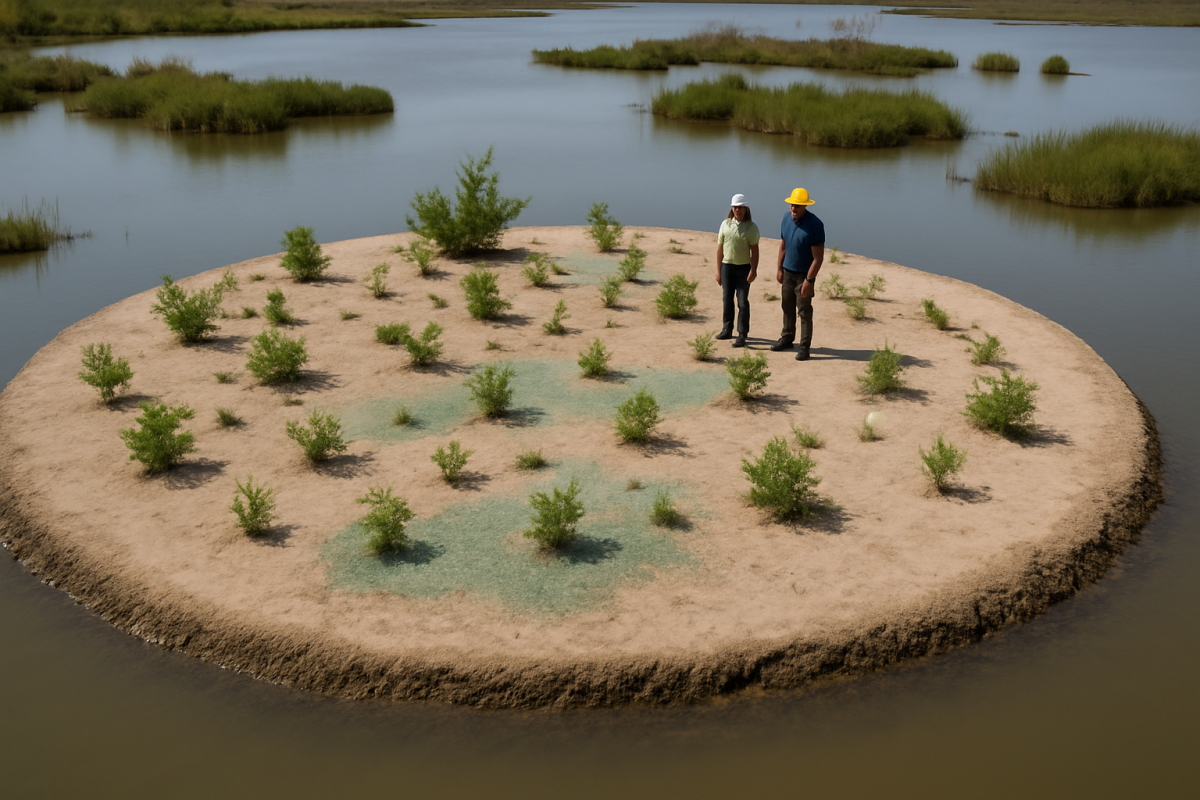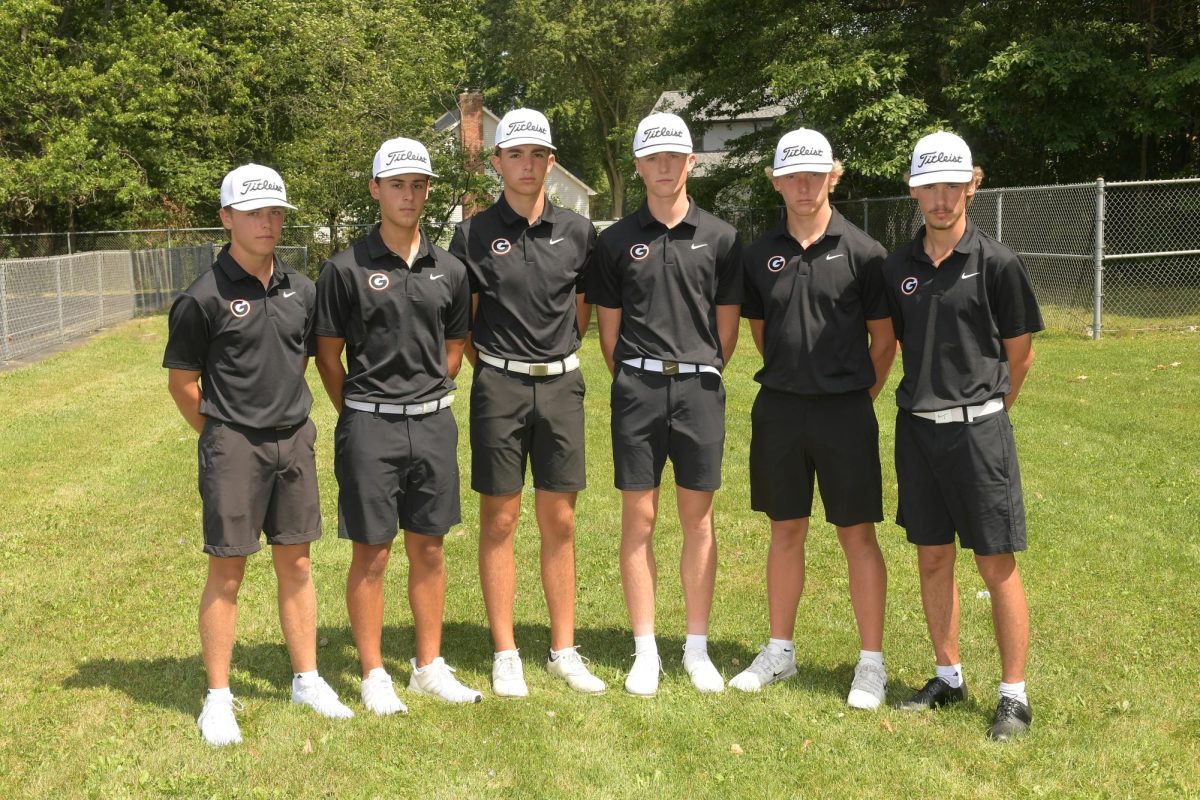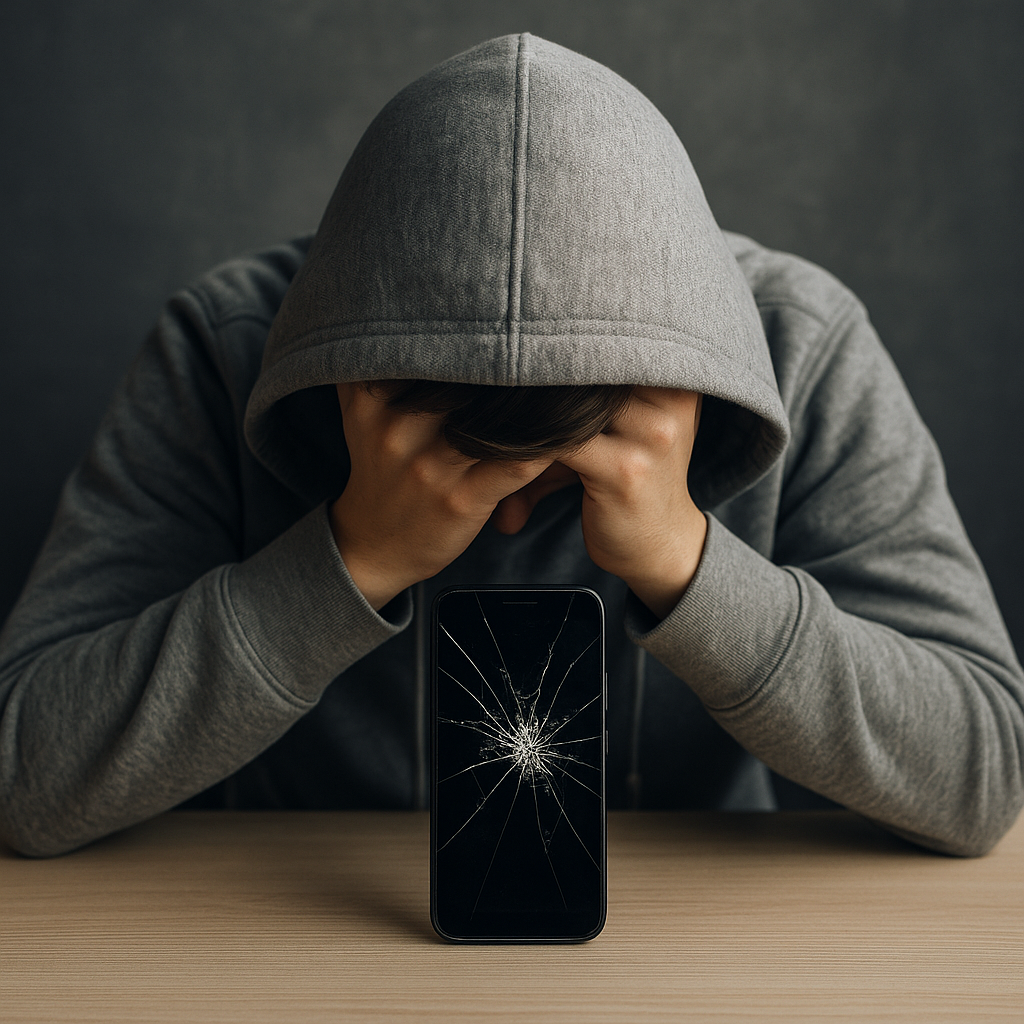In 2015, 5,554 human trafficking cases were identified, according to the National Human Trafficking Hotline. Since then, the number has almost doubled as 10,360 cases were reported in 2021. This number continues to grow as human trafficking networks expand and awareness decreases.
The U.S. Department of Justice defines human trafficking as, “a crime that involves compelling or coercing a person to provide labor or services, or to engage in commercial sex acts.” Based on this definition, the two major subcategories of human trafficking, forced labor and sexual acts, are the most prevalent in the world today. Dan Cuckler, Detective for Summit County Sheriff’s Office and Summit Regional Human Trafficking Task Force confirms both are present on the state and local level.
Forced labor is the lesser-seen type of human trafficking in contrast to sexual actions. Although it’s less common, over 1,000 of the reported human trafficking cases in 2021 were involved with forced labor. The most common type of labor involved in human trafficking is domestic service, which is essentially work in a private residence that goes unnoticed. The victims in domestic service human trafficking usually end up powerless and alone because their abuser controls their access to food, transportation, and housing. This leaves the victims’ vulnerabilities wide open and ready to be taken advantage of because of the lack of surroundings.
“In many cases of labor trafficking, the victim does not speak English and is unfamiliar with the area they are in. This makes it easier for the trafficker to restrict their movements as the victims are dependent on the trafficker to supply them with basic needs,” Cuckler said.
While around 175 reported cases of human trafficking were domestic service, another large portion of the cases were forced labor involving agriculture and farming, construction, and restaurant and food services. Specific people, especially those who are more prone to abusive labor situations, end up in situations like these through a variety of causes. The most common example is the cultural barriers with workers who have a poor understanding of the native language of a region. Other reasons include threats to the victim specifically or to the victim’s family, and even fraudulent behavior on the abuser’s behalf. Regardless of the scenario, the abuser puts their victims in powerless situations and forces them to comply.
The more common type of human trafficking, the one that most people immediately think of when they hear the term, is forced sexual actions. Under the Trafficking Victims Protection Act, sex trafficking is defined as, “the recruitment, harboring, transportation, provision, or obtaining of a person for the purposes of a commercial sex act in which the commercial sex act is induced by force, fraud, or coercion.” This is the case for all sex trafficking scenarios except for when the victim is under the age of 18. Consent is a huge part of sex trafficking cases because while adults can consent to commercial sex before force or coercion are used, a child’s consent is invalid in these cases. Regardless of age, the moment the sexual actions become abusive and geared towards exploiting the victim to force them to continue the actions, the case becomes human trafficking. Victims of sex trafficking can end up in these situations for a variety of reasons; labor trafficking can turn into sex trafficking or “sex traffickers post ads on known sex for hire websites and control the victim’s movement and appointments,” Cuckler said. Out of the 10,000 plus human trafficking cases reported in 2021, over 7,000 of the cases were involved in sex, and identified in a three step process known as the Action, Means, Purpose (AMP) Model. The first step is identifying the action, or what the abuser did. This includes things like unwanted transportation, recruitment with the intent to abuse, the utilization of alcohol and drugs to create a relationship, and many more. The next step is identifying the means, or how the human trafficking case was fostered. This is where the exploitation comes in through the use of physical assault, false employment offers, threats of violence, or anything involving force, fraud, and coercion. The final step in proving an abuse case to be sex trafficking is the purpose, or why the abuser completed the actions, which is the underlying reason of sexual actions without anything of value received by any person.
Human trafficking is a global scale problem, but within the 10,000 plus cases in the United States, 291 of the identified cases came from Ohio specifically. Ohio is currently ranked at fifth place regarding human trafficking incidents in the U.S. but ranked even higher when considering the ratio between victims and residents. Ohio, among other popular human trafficking states like California and Florida, is a hot spot for such actions because of its variety of urban and rural areas. The capability of traffickers to take victims from populated cities and transport them to hidden rural areas is made easy because of the vast geographical differences.
“Although we do not have many agriculture jobs in Summit County as compared to many counties in the state, we do have plenty of manufacturing jobs where the same type of labor trafficking can occur,” Cuckler said.
Other reasons Ohio is ranked so highly is because of the high immigrant population and poor foster care systems. Both children with little control over their lives and immigrants with a poor understanding of English are easily able to be exploited by traffickers because of their vulnerabilities. Not to mention the fact that Canada is extremely close to Ohio, and is connected by several major highway routes. While this information is extremely frightening, it’s important to note that these large numbers of cases were identified, and the traffickers are no longer able to continue their illegal activities.
Human trafficking can also exist locally, even though it’s less common in Green specifically. The City of Green is a safe area for children and families to live out their lives without a pressing fear of human trafficking or any violence issues in the back of their minds.
“We are less prone than other areas of the country to some of the forms of human trafficking. That doesn’t mean it still can’t happen though,” Cuckler said.
Out of Cuckler’s two years on the human trafficking task force that covers Summit, Stark, Portage, and Medina County, he has only ever charged two people with human trafficking. While this number is extremely reliving, “we have also charged numerous people with offenses related to human trafficking,” Cuckler said. These identified cases usually relate to some forms of prostitution, but “it’s just a little more discrete, usually occurring through social media websites,” Cuckler said.
The City of Green’s Drug Task Force has a committee centered around human trafficking that held a discussion panel on October 14th to spread awareness and education to community members. The key speaker of the event was Tim Ott, head chair of the human trafficking committee. Ott was accompanied by six other speakers who ranged from human trafficking survivors, both locally and nationally, to the founders of human trafficking prevention and awareness organizations. The event was held at Green High School, where each of the speakers informed the audience about what they have survived or created on the accounts of human trafficking. The panel finished with a brief Q&A that allowed the audience to enhance their education with helpful information that pertained to them specifically.
The prevention of human trafficking is a necessary informational topic that needs more awareness as the amount of cases only increases throughout the years. The number one way to prevent human trafficking is to increase educational resources on the topic. Learning about what makes victims vulnerable to human trafficking and understanding the circumstances in which it is more likely is essential in enhancing understanding of the topic. Other than inquiring a deeper understanding of human trafficking, the only other major prevention measure is to inform others and learn how to report plausible cases. Cuckler’s main tips for teens to avoid dangerous situations, such as human trafficking, are “to be more careful on social media. Do not accept friend requests and engage in conversations with people you don’t know. Also, be aware of your surroundings in public.” Human trafficking is a complex subject that only continues to become a bigger and more challenging one as the cases and victims rise; however, more and more communities are taking these rising numbers into account and doing their best to promote educational opportunities to enhance awareness on the unfortunate subject.
Debunking Human Trafficking Myths
Human trafficking doesn’t happen in the United States
While both North and South America have a limited number of human trafficking cases in contrast to other continents, human trafficking is equally likely in any area. In 2021, the United States had over 10,360 suspected cases of human trafficking reported.
Human trafficking victims attempt to seek help when in public
In the case of human trafficking, or any violent situation in general, victims are often scared to come forward to obtain help. Victims may be threatened with violence to themselves or their families, and may not be in possession of their identification documents, which prevents them from safety.
Human trafficking is just sex trafficking
Sex trafficking is an example of human trafficking; however, there are other types like forced labor. All forms of trafficking involve the exploitation of humans.
Human trafficking and human smuggling are the same thing
Human trafficking is the forced exploitation of humans, while human smuggling is the movement of humans across country borders in which immigration laws are violated. While they are different, human smuggling still has the opportunity to turn into trafficking.
What is the Blue Campaign?
Human trafficking awareness is brought up in a variety of organizations, The Blue Campaign being one of the most popular. The Blue Campaign is, “is a national public awareness campaign designed to educate the public, law enforcement, and other industry partners to recognize the indicators of human trafficking, and how to appropriately respond to possible cases.” Scan the QR code to access information pertaining to this organization and increase your human trafficking awareness.
Human Trafficking Awareness Day
Human Trafficking Awareness Day is January 11th, and is often represented with the color blue. The day symbolizes a form of representation for victims of human trafficking and serves as a way to spread awareness on the unfortunate topic. #WearBlueDay
Summit County Human Trafficking Task Force
Hotline: (330)252-2614
Operated through Summit, Stark, Portage, and Medina County and managed by a dispatcher 24/7.
































